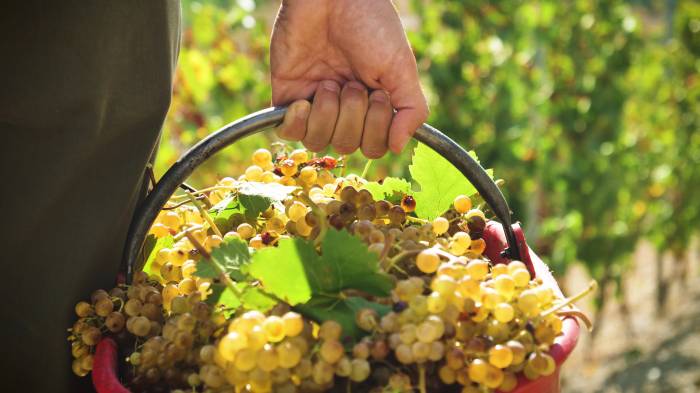Germany’s Wine Harvest Drops 16% to Lowest Level Since 2010
Major grape-growing regions see steep declines as heavy rainfall and selective picking reduce yields, but grape quality remains high
2025-10-23

Germany is facing its smallest wine harvest in 14 years, according to new figures released by the German Wine Institute (DWI). The country’s wine producers are expected to yield just 7.3 million hectoliters of grape must this year, a significant decrease from previous years. This estimate is based on final harvest reports from all 13 of Germany’s wine-growing regions.
The projected volume marks a 7% decline compared to last year’s harvest and is 16% below the average annual yield of the past decade, which stands at 8.7 million hectoliters. The last time Germany saw such a low harvest was in 2010, when only 7.1 million hectoliters were produced.
The largest declines have been reported in Rheinhessen, Pfalz, Baden, and Württemberg, which are Germany’s four biggest grape-growing regions. These areas have experienced notably smaller grape berries and lower must yields than usual. The DWI attributes much of this reduction to heavy rainfall that occurred in mid-September, which forced producers to be more selective during the grape picking process.
Rheinhessen is anticipating a loss of about 23% compared to its ten-year average, amounting to a shortfall of around 600,000 hectoliters. In Pfalz, the expected drop is 18%, or roughly 400,000 hectoliters. Baden has reported a decrease of 15%, equating to about 180,000 hectoliters less than average. Württemberg faces a reduction of 22%, or approximately 200,000 hectoliters.
While these major regions are struggling with reduced volumes, some parts of Germany have seen better results this year. The eastern regions of Sachsen and Saale-Unstrut, as well as the Ahr region, have recorded significant increases in their harvests compared to last year. These areas avoided the late frost that affected other regions in the previous season. In Mosel and Franken, harvest volumes are slightly above their average levels.
Despite the overall decline in quantity, all 13 wine regions have reported high grape quality this year. Producers note that grapes are riper than usual, even after the challenging weather conditions in September. The combination of smaller yields and high-quality fruit may influence both the availability and pricing of German wines in the coming year. The DWI continues to monitor conditions as producers complete the final stages of this year’s harvest.
Founded in 2007, Vinetur® is a registered trademark of VGSC S.L. with a long history in the wine industry.
VGSC, S.L. with VAT number B70255591 is a spanish company legally registered in the Commercial Register of the city of Santiago de Compostela, with registration number: Bulletin 181, Reference 356049 in Volume 13, Page 107, Section 6, Sheet 45028, Entry 2.
Email: [email protected]
Headquarters and offices located in Vilagarcia de Arousa, Spain.